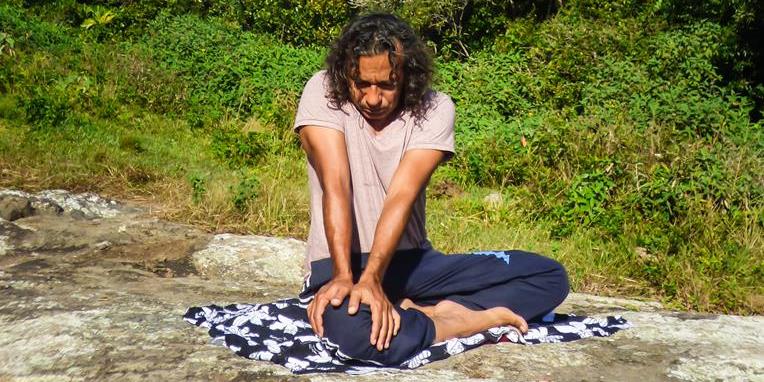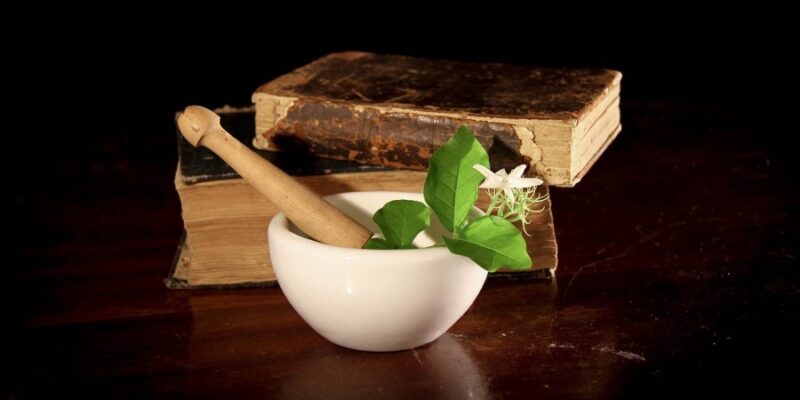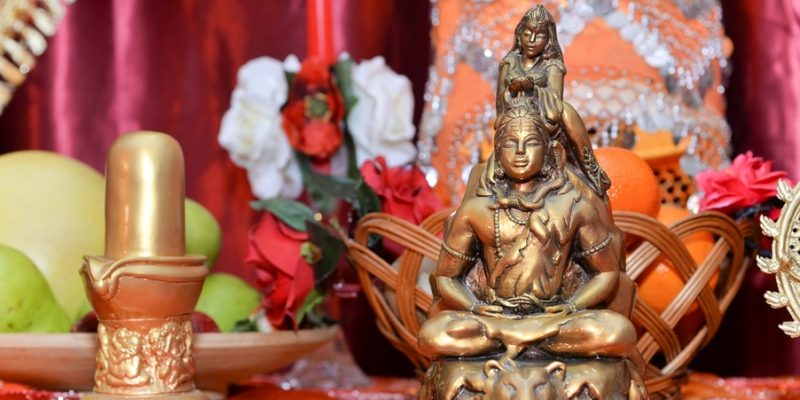
By Thai law, according to the Protection and Promotion of Thai Traditional Medicine Knowledge Act B.E. 2542 (1999), Thai Traditional Medicine (TTM), or alternatively called Traditional Thai Medicine, and in Thailand known as Phaet Paen Thai (แพทย์แผนไทย) is described as:
“The medical processes dealing with the examination, diagnosis, therapy, treatment, or prevention of diseases, or promotion and rehabilitation of the health of humans or animals, Midwifery, Thai Massage, as well as the preparation, production of Thai traditional medicines and the making of devices and instruments for medical purposes. All of these are based on the knowledge or textbooks that were passed on and developed from generation to generation.”

In fact, TTM is a natural and holistic form of medicine, one that works on (integrating) different planes of human life (i.e. the body, emotions/mind, and spirit), and which concepts and practices are based on Buddhist beliefs, the observation of and respect for Nature, and the wisdom of Thai ancestors.
TTM was also built through selection, adoption, adaptation, and utilization of specific elements from other traditional medicine systems, such as those from India (Ayurveda) and China (Traditional Chinese Medicine i.e. TCM), Western Medicine, and from the Khmer and Mon civilizations the Thai people encountered when entering the area that’s now called Thailand between the 10th and 12th century CE.
Although TTM is certainly also aimed at healing people, its predominant use however is rather to promote and maintain health, prevent disease and health discomforts, and being a means to rehabilitate after illness.
TTM today is an integral part of Thailand’s Primary Health Care (PHC) system and is classified into several branches, which include Thai Traditional Medical Practice, Thai Traditional Pharmacy, Thai Traditional Midwifery, Thai Traditional Massage (Thai Massage), Thai Traditional Yoga (Reusi Dat Ton), Buddhist beliefs, rites and rituals, and animistic and indigenous beliefs and practices.

TTM treatments usually emphasize regulating the balance of the Four Body Elements (called the tard in Thailand), which are Earth (Din), Water (Naam or Nam), Fire (Fai), and Wind (Lom). Mind that these Four Elements are present in the body/mind (Internal Four Elements) but likewise externally in one’s surroundings (External Four Elements).
It’s believed that when the Four Elements of the body are in equilibrium, the body will be healthy. By contrast, if there’s an imbalance in the Four Body Elements — which can be a deficit, an excess, or a disability (dysfunction) — a person will become ill.
One’s health (or the balance of one’s Body Elements) is said to be influenced by several factors, including one’s Dominant Body Element — called Tard Chao Ruan — which strongly defines a person’s characteristics as well as one’s weak point in health), the seasons, weather, the External Four Elements, Kimijati (microorganisms and parasites), the power of the universe and supernatural powers, age, time (day, night, planetary or solar system cycles, etc.), inappropriate food i.e. poor diet, lack of equanimity, lack of sleep, imbalanced posture, too much work or exercise, among some other factors.
TTM assessment and diagnosis typically focuses on defining illnesses or discomforts in relation to an excess, depletion, or disability of each of the Four Elements by asking questions, observing symptoms, and palpating the body of the patient, but likewise by checking out the client’s horoscope, “seeing” or “feeling” energy imbalances, intuition, observing posture, or applying the Indian Ayurvedic Tridosha system, to name some of the important techniques used.

After assessment a diagnosis is formulated and the TTM doctor or practitioner will treat the patient in order to either stimulate or soothe the affected body systems, which is basically about stimulating or soothing (one or more of) the appropriate Four Body Elements.
The actual TTM treatments prescribed for patients can consist of herbal medicine preparations, Thai Massage, Reusi Dat Ton (Thai Yoga), Buddhist Spiritual Medicine (such as meditation, prayers, incantations, rites, and rituals), hot herbal compresses, and/or herbal steam baths, among others.
Because of the influence of modern Western medical science, TTM in Thailand almost totally disappeared. However, the revival of TTM began around 1978 after the World Health Organization (WHO) urged member countries to include and apply traditional medicine and medicinal plants in their PHC programs. This happened globally because it became ever more recognized that modern medical science had its limitations.
The Thai Ministry of Public Health reacted to the WHO call by defining a policy to promote the use of medicinal plants in their PHC. Since then, government policy on the promotion of the use of medicinal plants in particular and TTM in general in the country’s PHC system has continued until today.
The above is reflected in the existence of various governmental bodies in Thailand that occupy themselves with regulation, promotion, research, and education of TTM. Examples of these organizations are the Institute of Thai Traditional Medicine (ITTM), the Department for the Development of Thai Traditional and Alternative Medicine (DTAM), and the Division of Alternative Medicine.


















